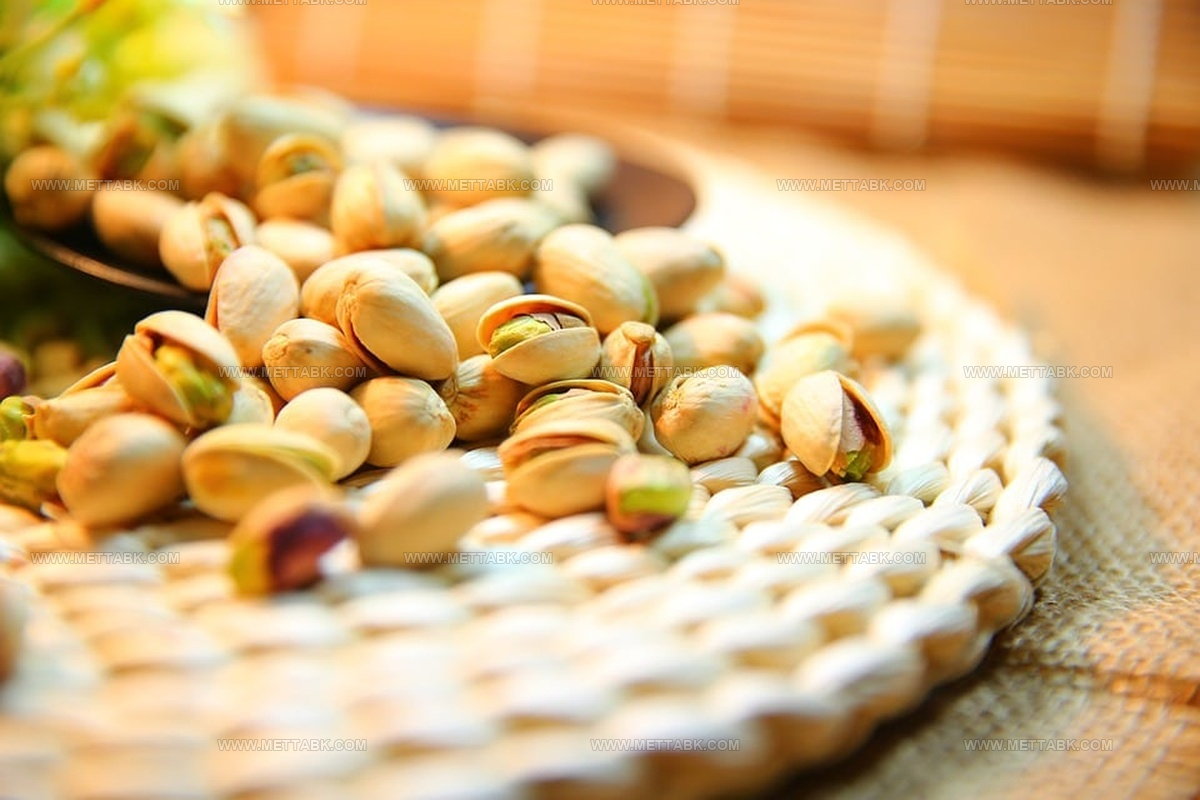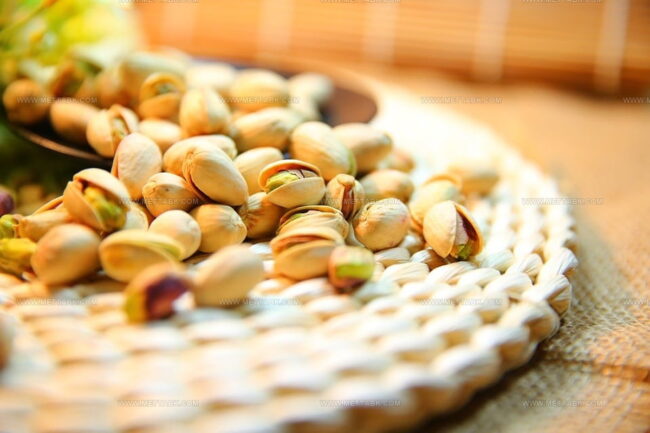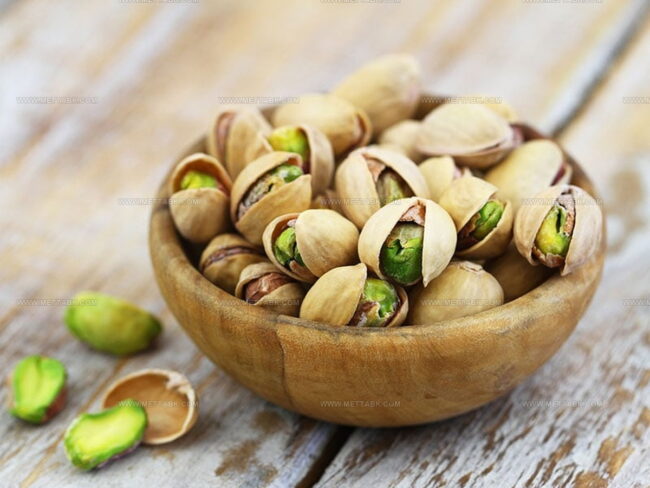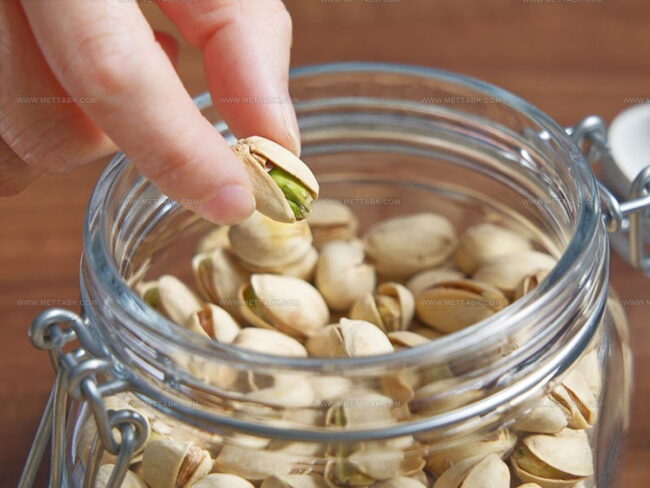What Do Pistachios Taste Like? Uncover The Truth
Pistachios have captivated snack enthusiasts worldwide with their unique flavor profile and intriguing characteristics.
Small green nuts pack a surprising culinary punch that makes people curious about their sensory experience.
Many individuals wonder about the precise taste that makes pistachios so special and beloved by food lovers everywhere.
Their distinctive appearance and rich nutritional background contribute to their popularity among health-conscious consumers.
The complexity of pistachio flavors goes far beyond simple descriptions, offering a nuanced gustatory adventure that differs from other nuts.
Culinary experts and casual eaters alike find themselves drawn to understanding the intricate taste sensations these kernels provide.
Your taste buds are about to encounter a delightful journey into the world of pistachio flavors that will transform how you perceive this remarkable nut.
Pistachios: An Introduction
Pistachios rank as world's earliest flowering trees.
Humans have enjoyed these nuts for nearly 10 millennia, with tree species surviving through countless generations.
Some stories suggest these trees connected to biblical origins, with legends claiming Adam introduced them and their roots potentially traced to Eden's legendary garden.
Careful monitoring becomes critical during harvest, as unwatched trees might trigger potential health risks.
Botanical connections link pistachios with interesting plant relatives.
Members of Anacardiaceae family include unexpected companions like poison ivy, sumac, mango, and cashew.
Close botanical relationships mean these nuts share similar characteristics with plants known for causing allergic reactions.
How Pistachios Taste
Pistachios carry a gentle taste with subtle sweetness.
Different batches show flavor variations, where some nuts taste more intense while others remain mild.
Salt-covered pistachios often draw complaints from fans who feel the seasoning drowns out the nut's natural sweetness.
Store shelves stock pistachio flavoring that typically overpowers the subtle original taste.
Cooks seeking authentic flavor might struggle with such strong artificial additives.
Pistachio paste offers a smoother solution for capturing true nut essence without overwhelming recipes.
Pistachios deliver rich and smooth flavor with gentle almond hints.
Despite their small size and oily texture, these nuts pack incredible taste.
Each bite brings deep nutty notes that make them hard to resist.
Snackers find themselves reaching for handful after handful, enjoying their satisfying crunch and delicate flavor profile.
Raw vs. Roasted Pistachios: Flavor Comparison
Pistachios can be enjoyed raw or roasted, and each style offers a unique flavor and texture that suits different tastes and recipes:
Natural Color Of Pistachios
Natural pistachios sport a beige shell color.
Stores often color pistachios green or red to catch shopper attention.
Food historians explain past practices where sellers dyed shells red to cover up marks from hand picking.
Small damages on shells would make nuts look less perfect to buyers.
Modern pistachios mostly keep their original beige or tan shell tone.
Machine picking methods mean fewer blemishes appear on nut shells.
Different Types Of Pistachios
Pistachios come in countless varieties: red or tan shells, shelled or unshelled, and packed with different tastes.
You can find them raw or roasted, seasoned with all sorts of flavors like:
Simplicity highlights the natural goodness of these small green nuts.
Turkish Pistachios
Turkey leads pistachio imports to American markets.
Antep pistachios stand among historical nut varieties with deep roots.
Small kernels pack a delightful flavor profile - crisp and rich with subtle sweet notes.
Generations started enjoying pistachio ice cream during mid-century decades.
Sweet treats like baklava, nougat, and classic Turkish Delight showcase these wonderful nuts in delectable recipes.
California Pistachios
Pistachio trees flourish in scorching, arid environments and survive without much water, yet they struggle in moist or wet spaces.
California provides perfect conditions for these trees to grow successfully.
California stands alone as the sole state producing pistachios commercially, generating roughly 150,000 tonnes annually.
Importers from Turkey and Iran who sell pistachios in the United States criticize California's nuts as attractive but lacking flavor.
California pistachios share similarities with Middle Eastern varieties but come larger, fresher, and simpler to crack open.
Iranian Pistachios
Green kernels from Iran carry deep roots in agricultural history.
Iranian farmers nurture these nuts following practices passed down through centuries.
Ancient cultures believed pistachios sparked romantic desires.
Mediterranean regions welcomed these nuts as traders moved them from one country to another.
Iranian pistachios stand out with rich, powerful taste among global selections.
Kernel variations include round, jumbo, and elongated styles.
Quality shows through darker green coloring inside each shell.
Strict import rules make these specific nuts rare in American markets, with massive taxes blocking smooth entry for consumers seeking authentic Iranian varieties.
Health Benefits Of Pistachios
Pistachio grain's outer shell stands firm in pale yellow or milky white.
Surrounding this shell lies a slightly darker layer protecting a light green kernel.
Pistachios pack powerful nutrients including Salt, Selenium, Riboflavin, Vitamin E, Choline, Folate, Vitamin K, Niacin, and Calcium.
Heart health benefits come from high fat, fiber, and antioxidant levels.
Daily calorie intake can include 15% from pistachios, which helps reduce bad cholesterol while boosting good cholesterol levels.
Calorie content reaches over 500 grams per 100 grams, making weight loss challenging with pistachios alone.
Mixing pistachios into regular meals creates longer feelings of fullness.
Fewer calories absorb from other foods as nutrient intake increases.
Metabolism receives a gentle boost without significant weight gain.
Healthy snacking happens with these small nuts packed with incredible flavor.
Shell cracking reveals sweet kernels that tempt taste buds.
Small size means big taste experiences.
Chewing releases rich oils that make each bite memorable.
Mouth-watering qualities make stopping difficult.
Misconceptions surround pistachio nutrition.
Many believe these nuts cause problems, but science suggests otherwise.
Nutritional benefits shine through versatile uses.
Salads welcome their crisp texture.
Pesto recipes gain depth from their distinctive taste.
What Rancid Pistachios Taste Like
Fresh pistachios burst with incredible flavor.
Spoiled pistachios quickly shift from sweet and rich to bitter and musty.
Each bite becomes so unpleasant that you might immediately spit them out.
Chemically blanched pistachios produce similar awful results, creating a taste that feels both bitter and sour.
Pistachio spoilage shows two main warning signs: shell cracks and mold patches.
While mildew might seem removable from surfaces through washing, food contamination runs much deeper.
Harmful poisons settle inside the nuts.
Restoring spoiled pistachios proves impossible.
No method - scrubbing, washing, or sun-drying - can salvage their original taste.
Throwing out bad pistachios becomes the smartest choice.
Cooking And Baking With Pistachios
Global Cuisines That Highlight Pistachios
Pistachios are a beloved nut in many global cuisines, lending their unique flavor, color, and crunch to both sweet and savory dishes:





Nate Harper
Founder & Recipe Curator
Expertise
Single-Recipe Development, Farm-to-Table Cooking, Seasonal Menu Planning, Culinary Storytelling, Home Kitchen Innovation
Education
Cascade Culinary Institute – Central Oregon Community College
Certificate in Culinary Arts
Focus: Farm-to-table cuisine, sustainable cooking practices, and seasonal recipe creation.
Nate studied under experienced chefs who emphasized local sourcing, minimal waste, and building recipes from fresh, simple ingredients.
Nate Harper is the founder and creative force behind Make, Take, Bake. Raised in the wild beauty of Oregon’s high desert, Nate grew up surrounded by family gardens, farmers’ markets, and home kitchens that celebrated the seasons.
His early love for simple, honest food evolved into a professional passion when he attended Cascade Culinary Institute, where he sharpened his skills in creating recipes that are sustainable, satisfying, and made for everyday life.
Nate’s goal is to make cooking feel accessible, free of fuss, and full of flavor. He believes a single, thoughtfully built dish can stand alone, and sometimes even steal the show.